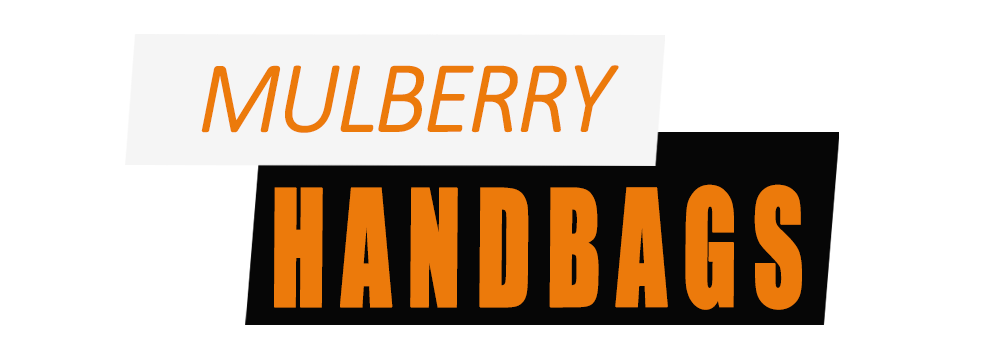In 2013, Nicole Russo founded the gallery Chapter NY with one animating principle: a participatory mindset that values being able to help build an artist’s career, whether or not that artist chooses to be fully represented by the gallery. incarqq
That idea guided the gallery’s development, first as a weekend-only project space, that she and her husband helmed while she worked full time as a director at Mitchell-Innes and Nash. Now, ten years on, it continues to propel Chapter NY: encouraging artists to make work, in Russo’s words, that “asks you to really look and spend time with it, that does not automatically give you answers but rewards you over time.”
Since opening, Chapter has moved from a small space on Henry Street in the Lower East Side, to the primary floor of a brownstone on Houston. Two years ago, Russo joined the second wave of galleries that emigrated to Tribeca and, since, Chapter NY has become a mainstay of the art world’s most desirable six blocks. A decade in business is worth celebrating, but it comes at a time of great change, especially in Tribeca. As the new art neighborhood’s reputation grows, many of Russo’s peers have permanently shut their doors, including some galleries much younger than Chapter NY, and others who are well past the ten-year mark. incarqq
ARTnews spoke to Russo about her pragmatic mind, Chapter NY’s raison d’etre, and what it costs to run a gallery.
(This conversation has been lightly edited for clarity and concision.)
How does one come to own a gallery? Tell me about your path in the art world and how Chapter NY came about.
My first job was I was working for Jack Tilton. I had done a bunch of sort of day jobs in New York City, and, through a friend, heard Jack Tilton needed some help. I was 24, the oldest intern there. Two months later Jack approached me and said, “Oh, you’re getting a job” because I am a hard worker. I guess it’s kind of old fashioned, but I look for that hard, physical work. I will if I see something that needs to be done, I’ll get up and do it. I think, unfortunately, that’s a rare trait. My parents owned a restaurant, and I grew up in that business and was taught, from an early age, if you want something done you just have to do it. You can’t just stand around and talk about it.
You also spent time with Leo Koenig, and when you started Chapter NY you were a director at Mitchell-Innes & Nash. How does that work, opening your own gallery while working full time at another one.
While I was at Mitchell-Innes & Nash, Gabrielle Giattino, who opened Bureau on Henry Street in 2007, offered me the space. She knew I’d always wanted to do projects with different artists. Of course, I couldn’t leave my day job, but Lucy Mitchell Innes said I could open the space as long as I kept up with my day job. And, I mean, I needed a day job. It was a pop-up space in a way in that we would do shows with artists that I ended up representing but also artists who maybe had work that didn’t make sense for their gallery to show. Keltie Ferris is a good example. I worked with him at Mitchell-Innes & Nash. At the time he’d just started his body prints, which didn’t fit with the gallery. So we did a fun, six-week, kind of pop-up where they were first shown.
What precipitated the move from the Lower East Side to Tribeca in 2021?
I was doing a show with the artist Tourmaline, who’s now had a lot of success, and she needed the space that held the show to be accessible. It was very important to her. But my space on Houston was on the parlor level, there were stairs. So we started to look for temporary space. This was in 2021. We rented a space on Market Street for a two-month show, but while looking I started to realize that there are all these wonderful, affordable spaces in Tribeca. This is still prime Covid … I think there were conversations about a vaccine, but it hadn’t been released. Bortolami was there, and I think PPOW had just signed their lease. It was already happening in Tribeca, but not nearly at the level it is today. Finding this space was my first and only lucky real estate moment. incarqq

